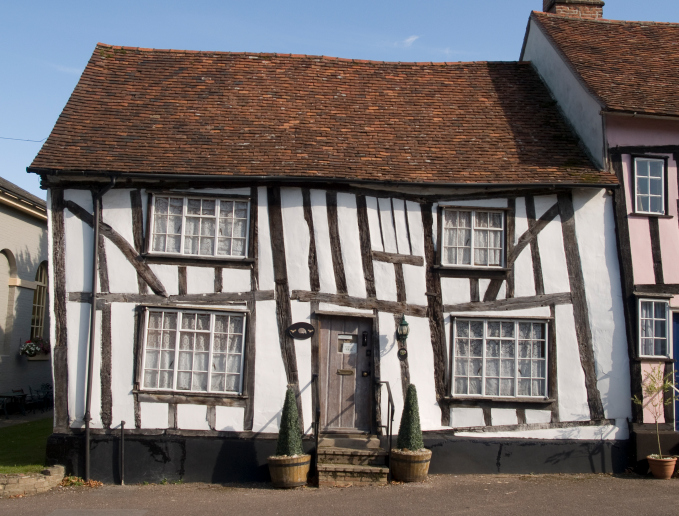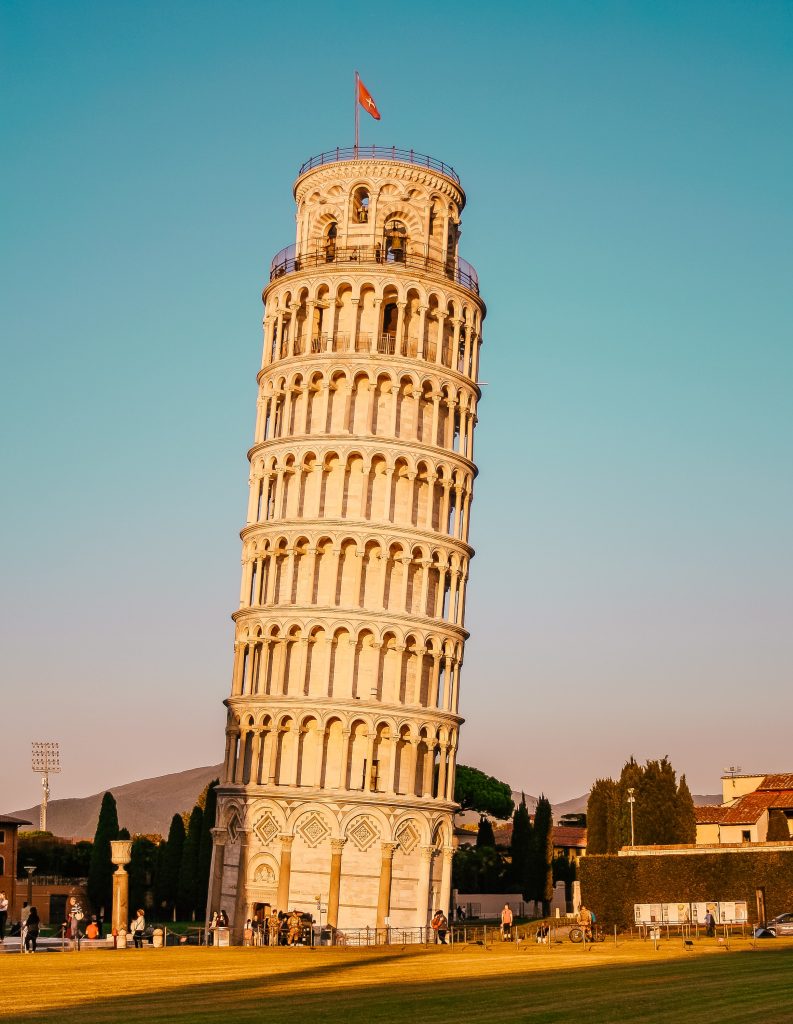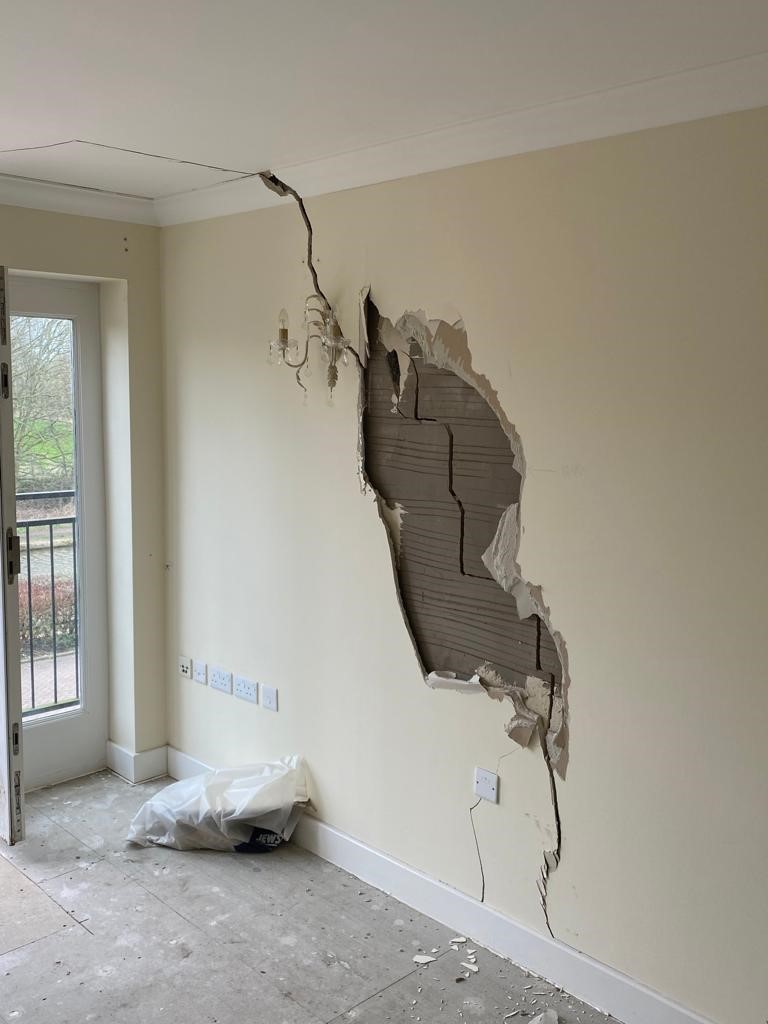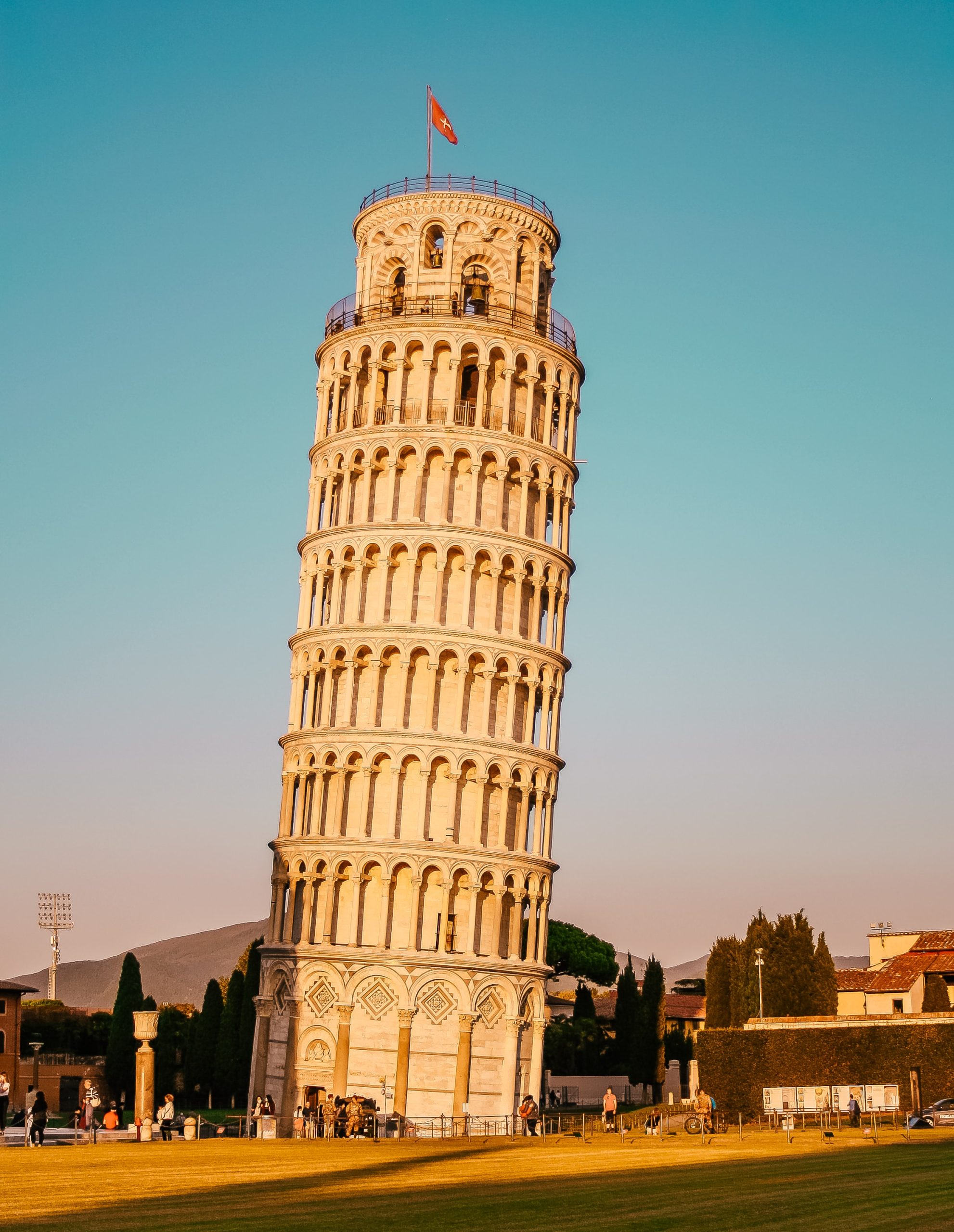What is subsidence?
Subsidence is the gradual sinking of the land’s surface, caused by natural processes or human activities such as mining, construction, or underground engineering work.
It can also be caused by natural causes such as erosion, geological faults, sinkholes or even tree roots. But in the UK, it’s more often caused by human activity.

Fun Fact
Did you know, the leaning Tower of Pisa actually leans because of subsidence due to the foundations settling unevenly? There have been many attempts over the centuries to prevent further leaning, however, this was unsuccessful until 2008 when engineers were able to prevent the tilt from progressing. To prevent the tower from falling over completely, engineers added weights to the opposite side. It is believed the tower will be stable for another 200 years.

What causes subsidence in commercial buildings?
Whilst homeowners will find tree roots or vegetation causing subsidence in their homes, commercial buildings could have other causes:
- Vibrations on the ground from traffic or excavation works
- Foundations of the building haven’t been properly executed or are incomplete
- Heavy rainfall or leaking drains may cause water damage, which weakens the soil and the foundations
- Soil under the building has not been properly compacted

What are the signs of subsidence?
There are numerous obvious indications of subsidence to watch out for within and outside a building, which may reveal how serious the issue is. Some of the signs may include:
- Structural damage, such as cracks in the walls or floors sinking
- The building is beginning to lean significantly in one direction
- Movement of the building will cause gaps to appear between doors and windows
- Drainage systems fail and water damage may occur
If a commercial building is showing signs of subsidence, a deformation and movement monitoring survey would be the best course of action. A deformation and movement monitoring survey will monitor the building’s position over a period of time, showing any movements of the building, and indicating subsidence. You can read more about deformation surveys in our article here.
How to identify subsidence
Deformation monitoring surveys are an ideal way to identify if subsidence is occurring. It will determine if any work needs to be done to make the structure secure. This will save time and money in the long run.
Deformation surveys can be carried out to monitor the following structures:
- Construction sites
- Historical Buildings
- Rail Tracks
- Tunnels
- Buildings
- Retaining walls
- Viaducts and bridges
- Landslides and settlements
- Structural Cracks and load testing measurements
If Powers were to conduct a deformation and movement monitoring survey, the survey team would be able to examine the position of the structure, using the best monitoring methods and frequency, and provide outputs with the results in a variety of formats, from an Excel report to mesh models illustrating the movement of the structure.
By using a set of targets running along the wall, Powers can refer to any movement or deformation that has occurred since the beginning of the monitoring. The amount, direction and speed of movement can be determined when the target position appears to be shifting.
Early detection of the shift in target position ensures that remedial expenditures can be kept to a minimum and that steps can be taken to stop the building from moving further. Deformation and movement surveys determine whether there are any movements in the structure and whether it is still safe to use.
How to fix subsidence
A method of fixing subsidence is by underpinning. This is the process of strengthening an existing building’s foundation. The complex and intricate underpinning operation simply involves skewering and lengthening the existing foundations into the ground, frequently several metres below the surface. Underpinning is one of the oldest methods of fixing subsidence.
If you think your construction site, building or bridge is showing signs of subsidence, contact the team for a quote for a deformation and movement monitoring survey. You can reach the team on 01928 734473 or email surveyors@powersuk.com








